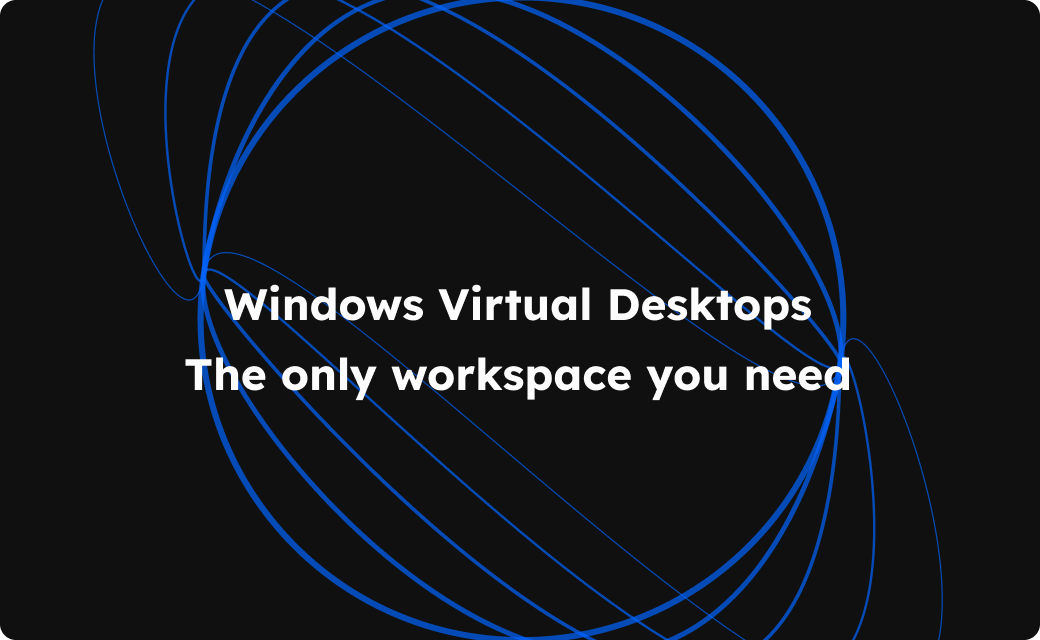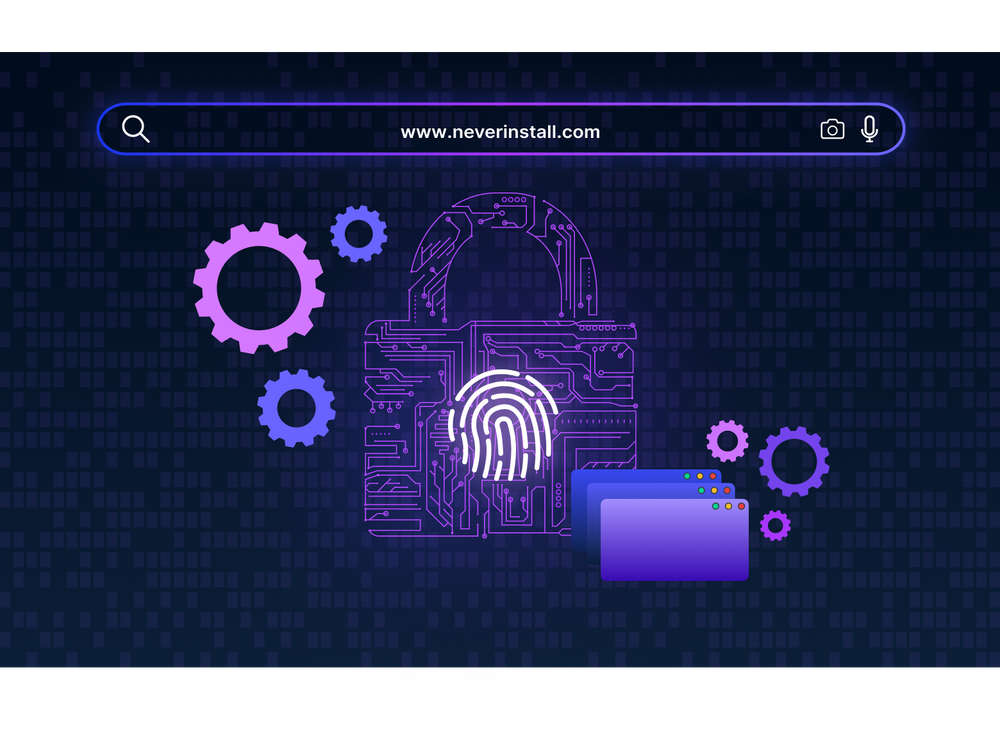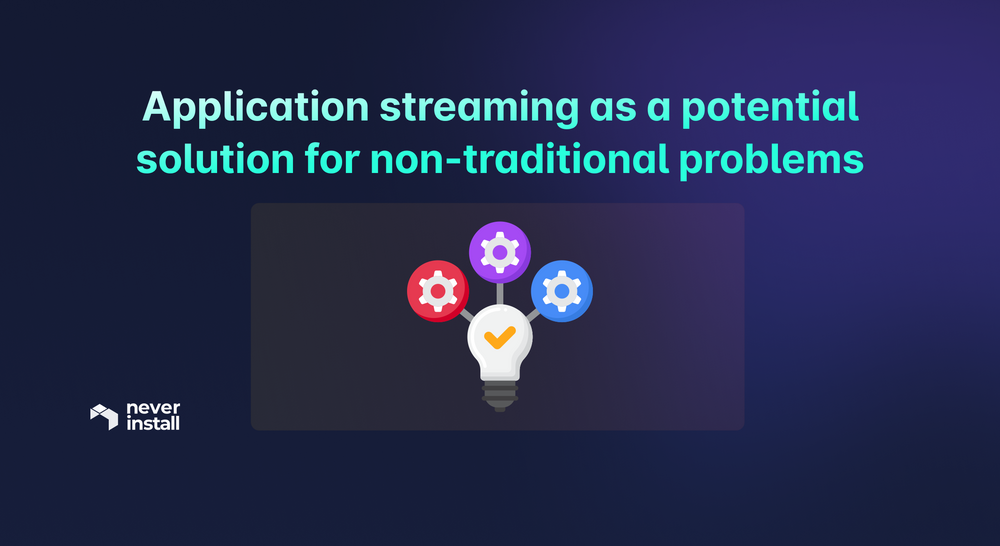Nothing makes a point quite as well as numbers. And we have plenty of them.
An Upwork survey asked 1,500 hiring managers about the nature and frequency of remote work. It found that due to COVID-19, 61.9% of the companies were planning to expand remote work. The report also estimates that 36.2 million workers, which constitutes 22% of Americans, will be working remotely by the year 2025 - an 87% increase from pre-pandemic levels.
Facebook CEO Mark Zuckerberg estimates that half of Facebook’s employee pool may work remotely by 2030.
A report by Owl Labs found that 59% of respondents would be more likely to choose an employer who offered remote work compared to those who didn’t.
To summarize, remote work is here to stay and is only getting more common in the global workforce. Thanks to the flexibility and efficient usage of time and effort offered by remote work options, employee productivity has also noticeably increased. On average, those who work from home spend 10 minutes less a day being unproductive, work one more day a week, and are 47% more productive.
Now that we’ve made our point about the significance of remote work, we’d like to talk about the best possible way to maintain a remote “office”, technically speaking. Like many modern-day phenomena, a remote office is best established, operated, and managed on the cloud.
Cloud PCs - The workspaces of the future
Imagine this: Your employees do all their work on a cloud-based PC, equipped with all necessary applications (including heavy-duty design and development apps). The desktop is fully customizable and runs perfectly on any device (even mobile devices) as long as it is internet-enabled and can run a browser.
Employees do not have to download any files, set up security mechanisms, or antivirus software, or report device status on a regular basis. New employees do not have to wait for company-issued devices (usually laptops) to reach them before they can start work. As long as the company’s IT team sends login credentials for the cloud-based office, they can just log in to a pre-configured virtual desktop with everything required to get their job done.
This is exactly what cloud-based desktops, such as the ones offered by Neverintall, promise to deliver every single day.
P.S: Cloud-based software, such as desktops and apps is also referred to as “cloud-native”. In this article, we’ll be using the terms interchangeably.
How the cloud can help set up productive & cost-effective remote teams
There are multiple, business-critical reasons to establish a remote office on the cloud i.e. enable employees to access virtual workspace for their day-to-day operations. The most significant ones among them are discussed below.
Limitless, location-agnostic access
The most obvious advantage of a cloud office is that it can be accessed and used from anywhere in the world, as long as the user has a device that supports internet connections. This is the fundamental requirement of any organization that has adopted remote work.
Suggested read - Your browser is the new VPN
Reduced expenses and increased ROI
When remote work was abruptly imposed due to the pandemic in 2020, companies dealt with issuing secured devices that employees had to carry with them in order to accomplish their tasks. Each device had to be equipped with specific security configurations and consistently monitored for impending security threats. All of this required significant investments of time and money.
With a cloud-native desktop like Neverinstall, the pipeline becomes infinitely simpler and cheaper. Employees don’t need company-issued devices, just any device that can connect to the internet and deal with the minimal processing overhead required to initiate and use a single browser.
As long as they have the correct login credentials, employees can log in to the cloud-native office and access everything they need to get their job done.
This reduces the amount of time and money required to manage, monitor, and supervise endpoints across different locations. Cloud-native desktops will inevitably cost less than maintaining on-premise IT infrastructures, which contributes to higher ROI.
Effortless, dynamic scalability
It takes a few minutes to trigger a new, entirely personalized/customized cloud-native desktop environment, equipped with necessary work applications. Scaling has never been easier than it is with a cloud office.
Without the usage of cloud PCs, companies have to wait until new employees receive their devices before work can begin. But, in the remote setup, they shouldn’t have to wait a week before someone is onboarded. And, with solutions like Neverinstall, they don’t have to wait more than a couple of minutes.
Cost-effective
With a cloud office, you pay for what you are using and not a penny more. For example, let’s say you require pre-configured, individual desktops for 50 employees in 2023. Cloud PC providers worth the investment will tailor your billing so that you are charged for the limited resources you actually use. Similarly, it is a simple task to increase plan coverage or switch to a more expensive plan when the need for more virtual desktops does arise - but not before that.
Suggested read - Cloud desktops vs. On-premises desktops: Understanding ROI with Neverinstall
On-premise setups don’t allow this benefit. If a company intends to hire 100 employees between Jan-Jun 2023, they have to purchase, configure and prepare the resources for increased operations beforehand. What’s more, there’s no guarantee that they can find 100 desirable candidates. So, it’s quite likely that the company will end up paying for resources they are actually not using in the foreseeable future. Downscaling is generally far more complicated and requires additional time and money.
It is far easier to upscale as required, and cloud offices make this a seamless activity.
Easier, faster, and more effective security implementation
When Covid-19 imposed stay-at-home directives across the world, CTOs expressed justified concern about the reliability of security mechanisms instituted by third-party cloud vendors. However, major providers like Microsoft Azure and AWS are well-aware of the necessity of data security. They invest millions of dollars to set up guardrails against data theft and unauthorized access.
Generally, a cloud provider has the resources and motivation to consistently improve, maintain and troubleshoot data security levels when compared to individual business’ IT teams - especially small to mid-sized businesses.
Suggested read - For your eyes only: Data Privacy with Neverinstall
Even your company’s IT team will have better control over individual employees’ technical practices with a cloud office. They can monitor, supervise and flag potential threats from a central dashboard. Since all business-critical activity is confined to the virtual desktop, IT just has to care about keeping their cloud workspaces issue-free. What employees download, browse and check on the local device is none of their concern.
Centralized device management
When dealing with hundreds or thousands of endpoints, IT teams must track each device’s location, status, and employee usage. It’s entirely possible that an employee, with no malicious intent, ends up downloading an infected file that compromises their device, affects business data, and exposes it to external access. Running fixes in this context drains time and money since the device itself must be in the support personnel’s hands before they can even begin to troubleshoot.
A cloud-native desktop simplifies this process as well. As mentioned above, a user’s individual activity with their device does not affect the cloud workspace, as long as a browser can still work.
Moreover, even if a bug/issue/anomaly did show up in the cloud desktop, IT can access it remotely, analyze, diagnose and troubleshoot with no need to touch the device itself. Once again, this cuts down on the time, effort, and money required to deal with technical problems and manage the device ecosystem.
No dependence on device state
A major reason for shipping expensive devices (like Macbooks) to employees is to enable the usage of resource-heavy applications like development and design tools. For example, you can’t run Figma, Pycharm, Slack, Eclipse, and Obsidian on a basic Chromebook. The device simply does not possess the RAM and GPU (among other requirements) to allow such usage. At best, the user will encounter frustratingly frequent lags and at worst, the entire system will crash.
A cloud office removes the need to access high-priced devices with suitable hardware and software configurations for heavy-duty tools. On a tool like Neverinstall, users directly access the entire desktop and all applications such as developer tools through their browser. Everything runs in a cloud environment supported by a remote server and is streamed to the user’s screen.
Suggested read - How application streaming saves resources for businesses
In this scenario, the cloud-native desktop actually lets you run a plethora of resource-consuming tools on any device, including reasonably priced and configured laptops or tablets. To take the previous example, users can actually execute Figma, Pycharm, Slack, Eclipse, and Obsidian (and more) on a Chromebook.
Since technological performance is no longer restricted by device health, employers do not have to buy and ship employee devices, or at least, not expensive ones. A simple Windows laptop will suffice.
Neverinstall: A business-ready cloud office
Succinctly, here’s why you should open your new remote office in the Neverinstall cloud:
- You get a completely functional Linux-backed desktop that can be used by anyone on any device with an internet connection. The experience is like working on a personal device, but access to the workspace is through a browser.
- No downloads, setup, or configuration is necessary. On Neverinstall, you log in, choose the applications employees to require, and launch the workspace. All apps are automatically installed and configured so that when the desktop initiates, you can start working immediately.
- You can choose from multiple popular applications to launch, even resource-consuming dev tools like IDEs. A few examples of these pre-installed and pre-configured apps on Neverinstall are:
- Dev tools: VS Code, Android Studio, Neovim
- Browsers: Chrome, Firefox, Brave
- Utility: Obsidian, Slack, Telegram
- Design: Blender, Gimp, Figma - You get a desktop experience optimized for mobile devices. All Neverinstall workspaces are designed to run effectively on mobile devices, equipped with a responsive design for different display modes. There are also single-touch and multi-touch interactions across device classes as well as a virtual keyboard.
- You can launch your cloud workspace off servers running in the USA or Europe and leverage high internet speeds. So, it doesn’t matter if users are in a low-internet area or using a low-bandwidth plan. They can work at industry-best speeds, facilitating faster task completion and eventual time-to-market.
- You experience low-latency streaming of the desktop because of our usage of the WebRTC protocol. As is well known, WebRTC is architectured to provide the lowest possible latency as allowed by internet conditions.
- Using input devices like a keyboard and mouse is just as easy as on the actual device.
- Our cloud workspaces run off a globally distributed server network. We are also consistently working to minimize operational latency by expanding server locations. Though we are currently using server clusters in the US, England, Singapore, and India, we are also acquiring server space in Japan, Australia, Finland, Spain, The Netherlands, and more locations in the US.
For a deeper exploration of Neverinstall’s complete offerings, have a look at Familiar in the Cloud: Streaming the native desktop experience to your browser.
Simplify & supercharge remote work with an office in the Cloud
As remote work swiftly moves towards becoming the norm, tools like Neverinstall seek to provide exactly what is needed to make remote work actually work for you.
You get secure, globally accessible, device-agnostic cloud-based workspaces priced at a fraction of the cost that goes into buying employee devices, securing server space, and setting up in-house infrastructure. Not only can you achieve the same (and even high) productivity levels at lower expenditure and with a smaller IT team, you no longer have to worry about security, scalability, or device health. You get features designed exactly to facilitate remote work productivity at the highest possible levels.
Explore our plans here.
Experience browser-based computing with Neverinstall and migrate your workforce entirely to the cloud. Sign up today!
Author: Shreya Bose
Shreya is a seasoned tech writer. Apart from technology, she has written about healthcare, heavy metal, alcohol, and coffee. When she is not writing, she is reading, drinking tea, and waiting for naptime.







